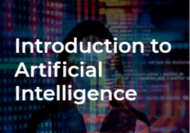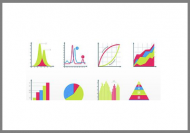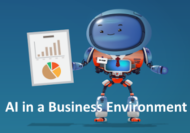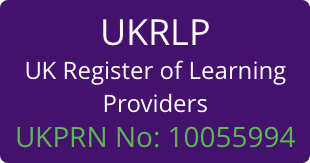Description
The richest data store is only as good as your ability to search, sort, analyse, and present the data within it. The course begins with a brief history of data analytics and then proceed into discussions of data warehouses, data mining, business intelligence, machine learning, and other emerging AI techniques to make sense of big data.
You will learn how data is captured, cleansed, analysed, and presented on business intelligence dashboards that captivate and persuade an audience. “It is a capital mistake to theorise before one has data,” Sherlock Holmes once said.
Whether you are investigating analytics as a potential career move or wish to better understand the terminology you encounter with increasing frequency in your professional circles, this online course will give you the foundation you are looking for.
This course includes 3 hours of instruction and a practice-based assessment, which will help you simulate real-world data analytics scenarios that are critical for success in today’s increasingly complex workplace.
Learning objectives
By the end of the course you will have gained:
- an overview of the history of analysing data, from medieval statistics to the sophisticated techniques developed by the likes of Google and Microsoft;
- an insight into data stores, which are growing exponentially, and the challenges of wrangling “big data”;
- an understanding of data mining—what it entails, different approaches, and who’s leading the way;
- a two-part discussion of business intelligence, including the principles of sound dashboard design and data presentation;
- knowledge of the key differences between the four types of analytics—diagnostic, descriptive, predictive, and prescriptive—and how they relate to and build upon each other, and how they apply to various industries;
- an overview of specific analytics processes and models;
- a first look at AI, its evolution, its functions, and what it can do for businesses today;
- an exploration of machine learning—how systems can learn from data, identify patterns, and make decisions with little human intervention;
- a survey of deep learning technologies, including a variety of neural networks;
- an overview of the most important machine learning data modelling techniques;
- a practical and honest appraisal of the analytics and AI landscape today and moving forward, including the potential promises and pitfalls.
Entry requirements
There are no entry requirements.
Course assessment and certification
On successful completion of the final assessment a downloadable certificate is immediately available.







 UK: 0844 854 9218 | International: +44 (0)1488 580017
UK: 0844 854 9218 | International: +44 (0)1488 580017


























